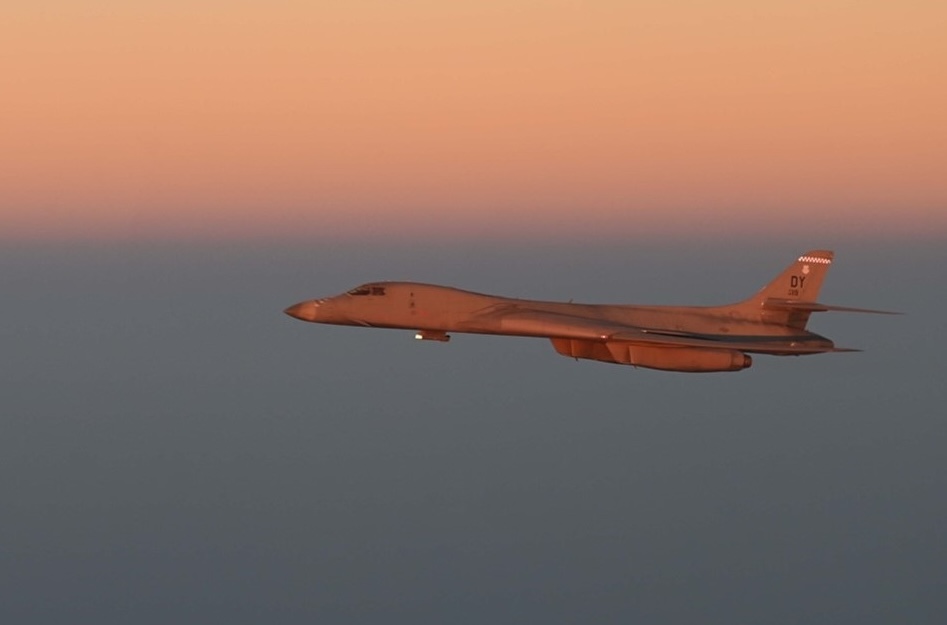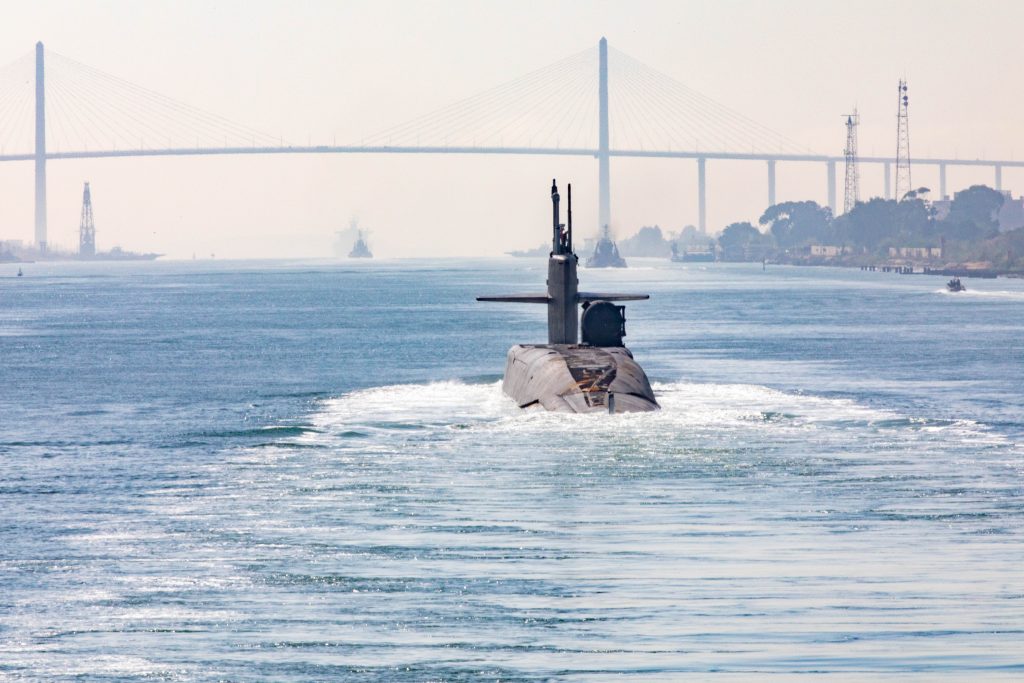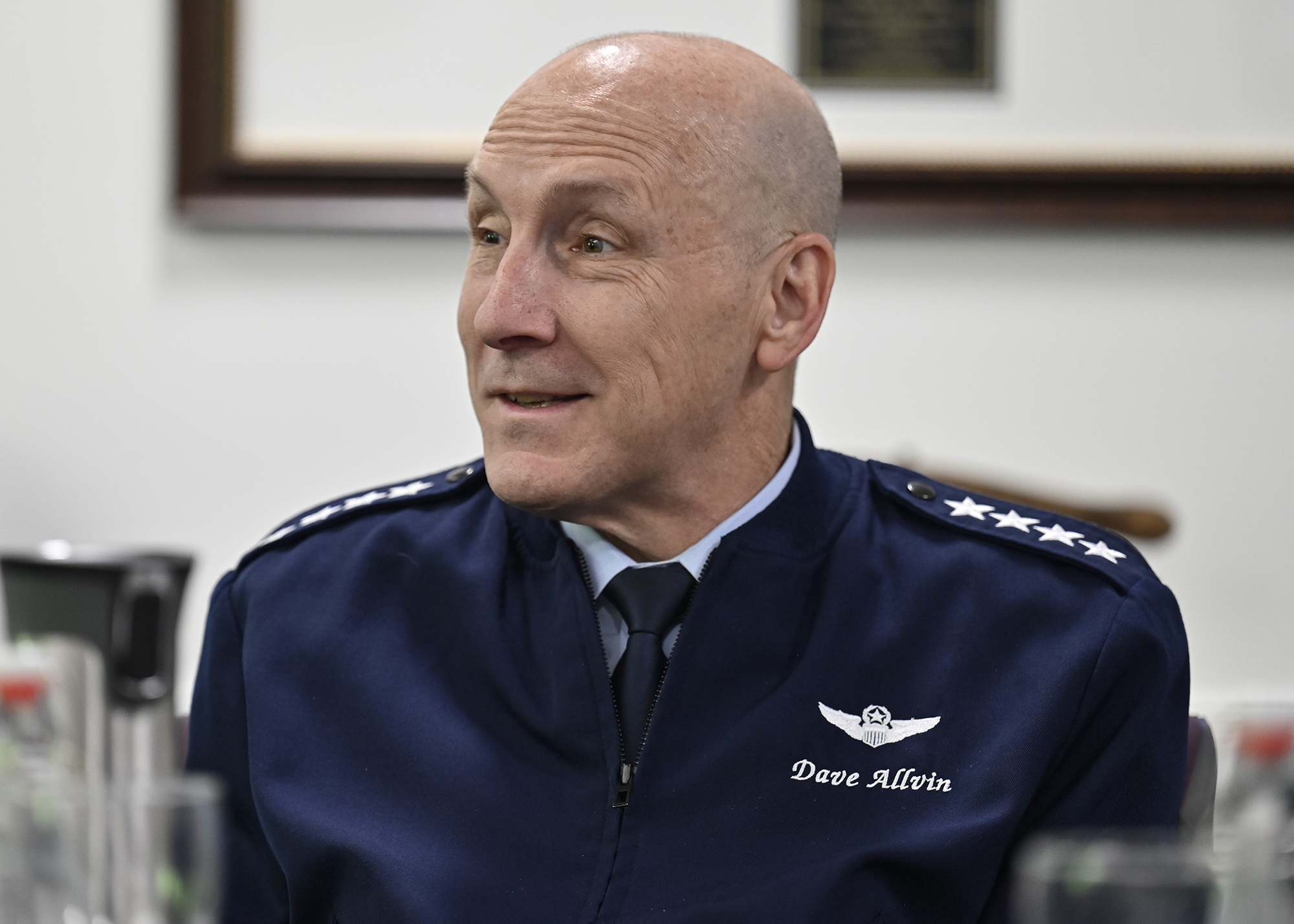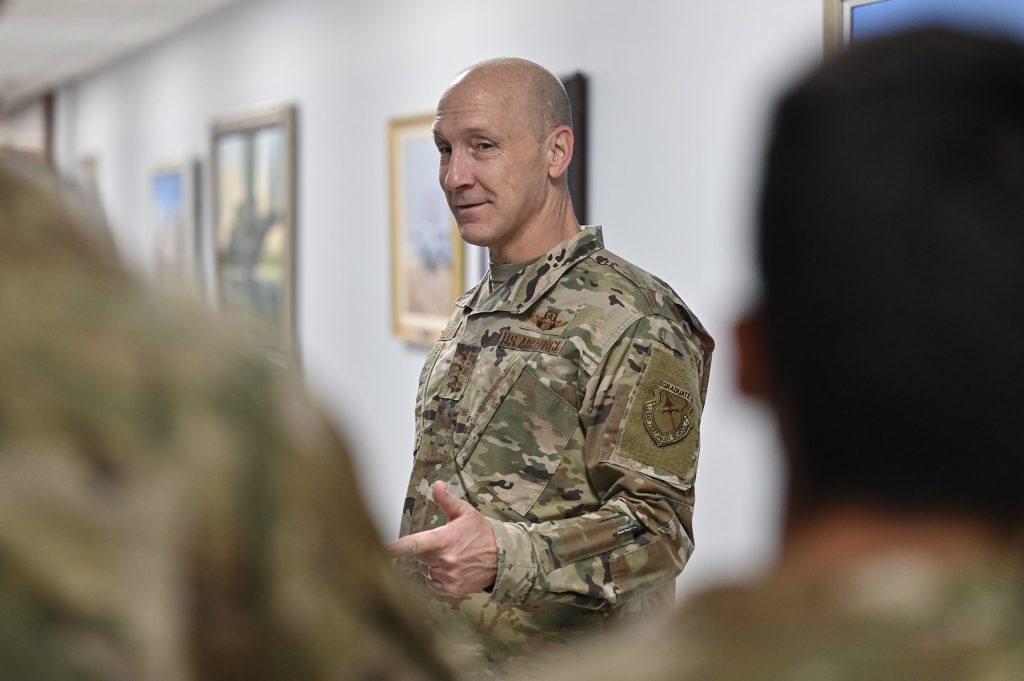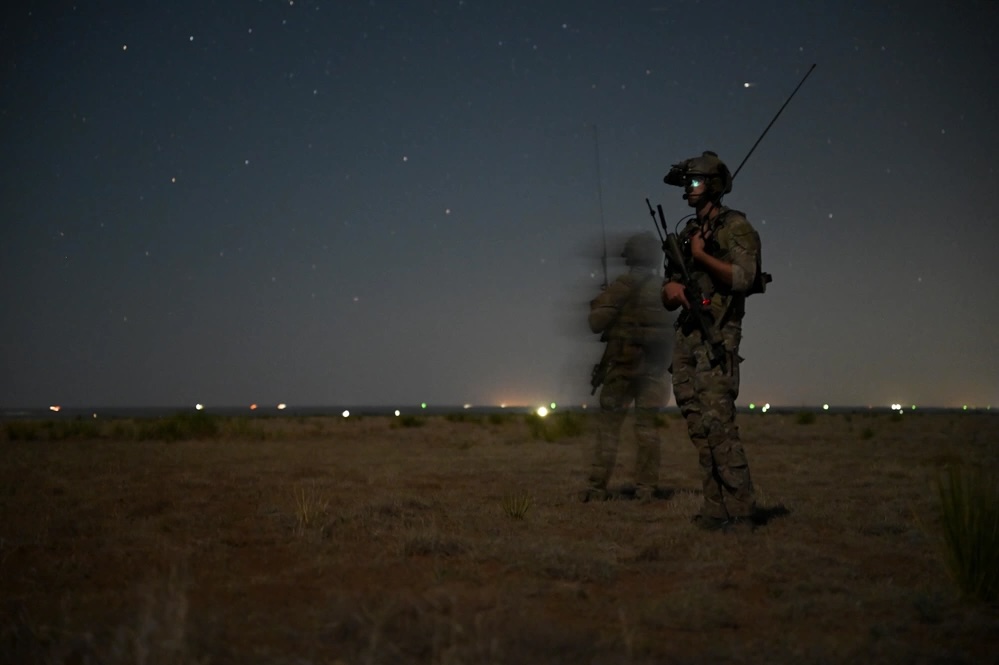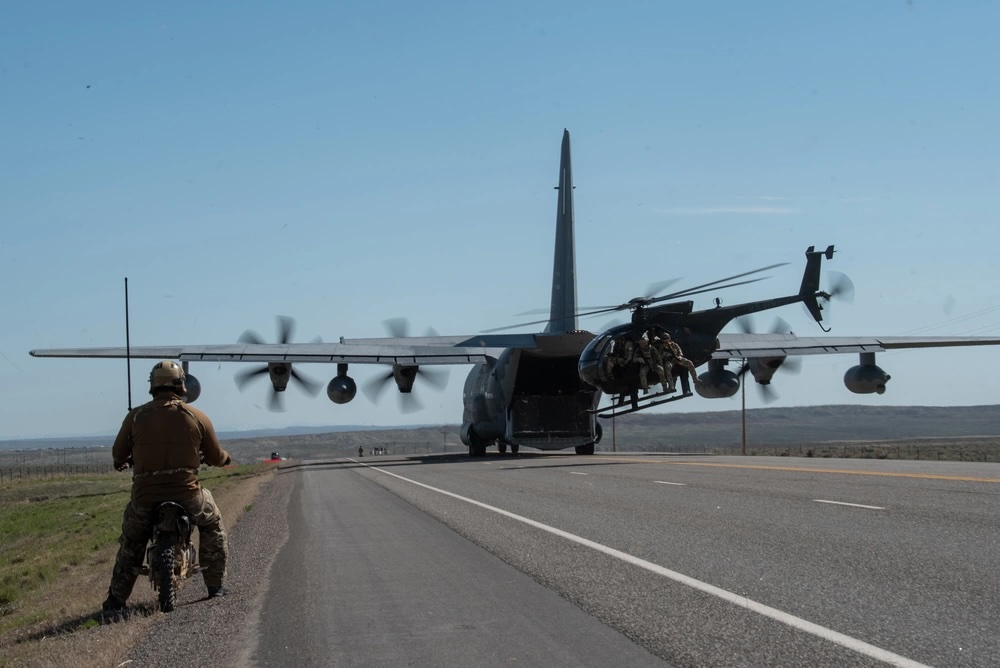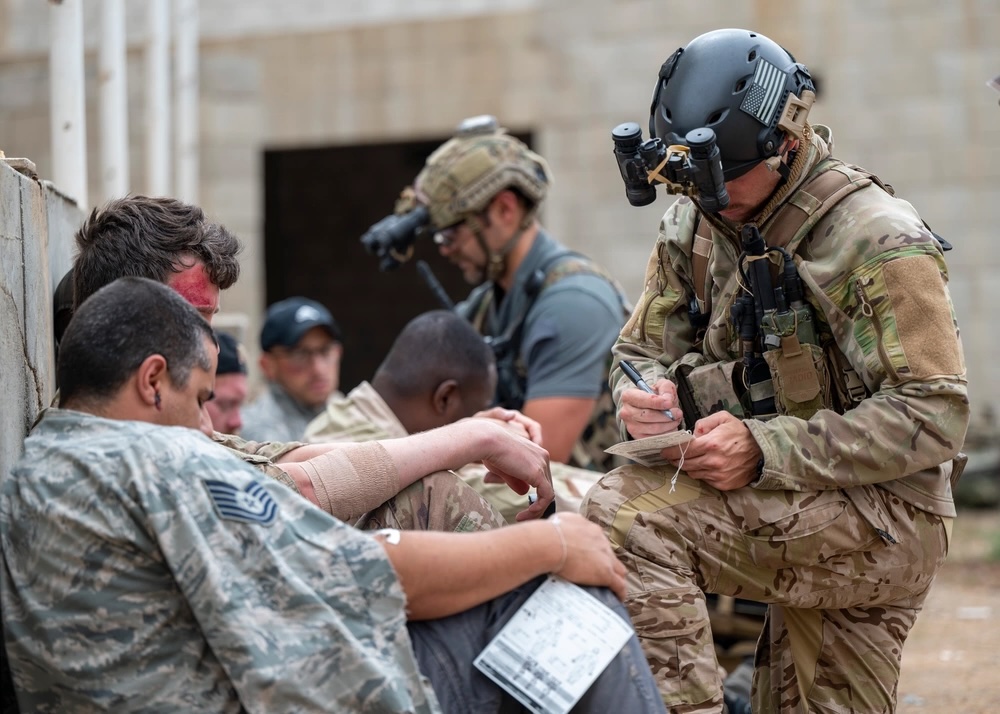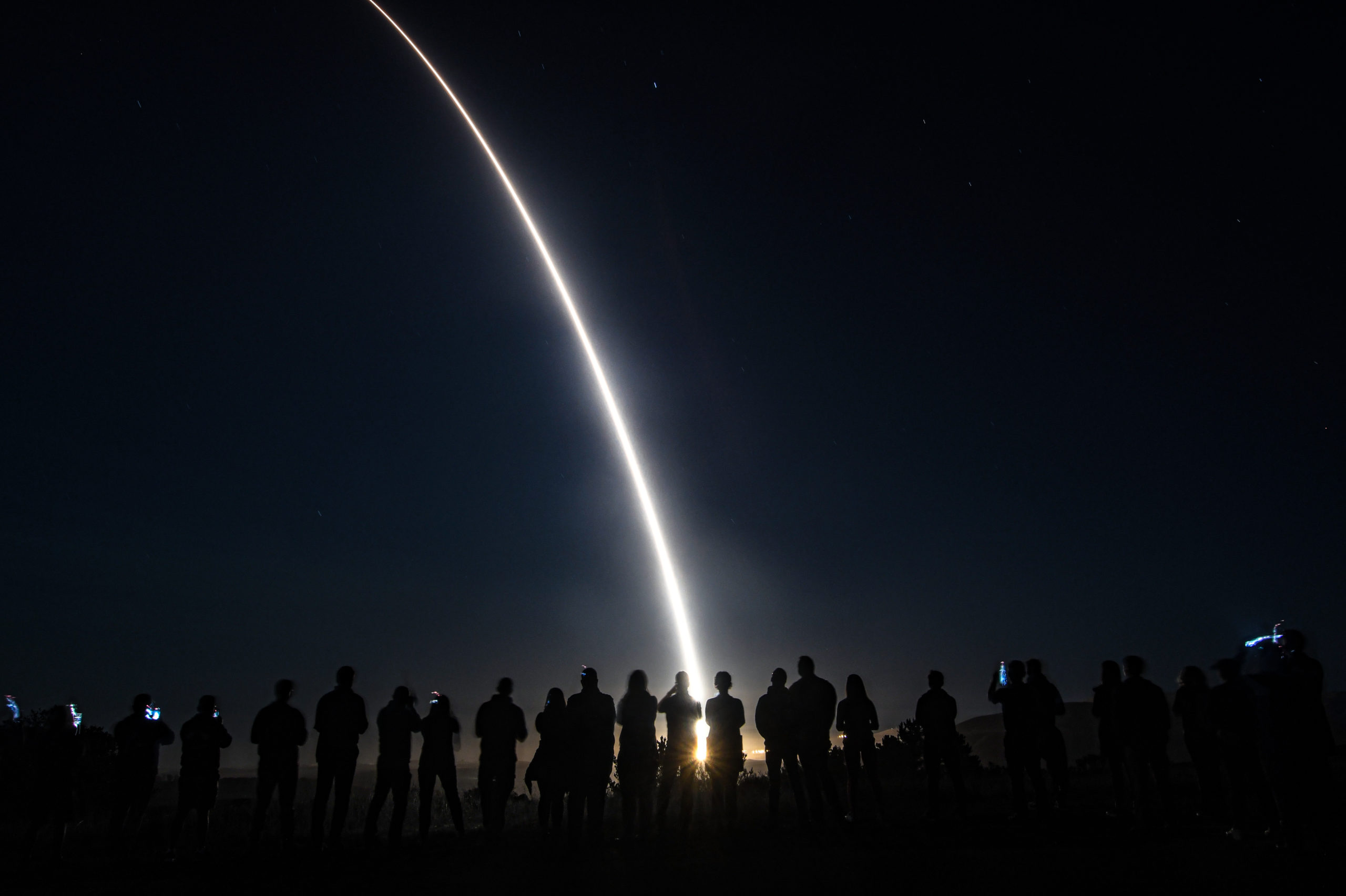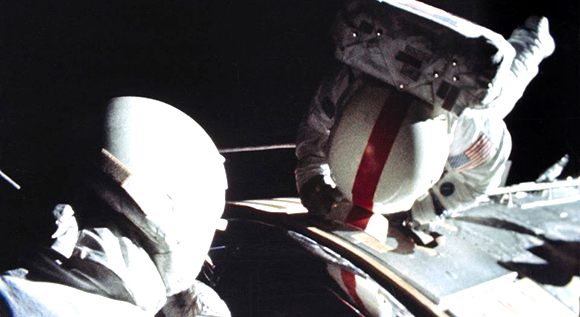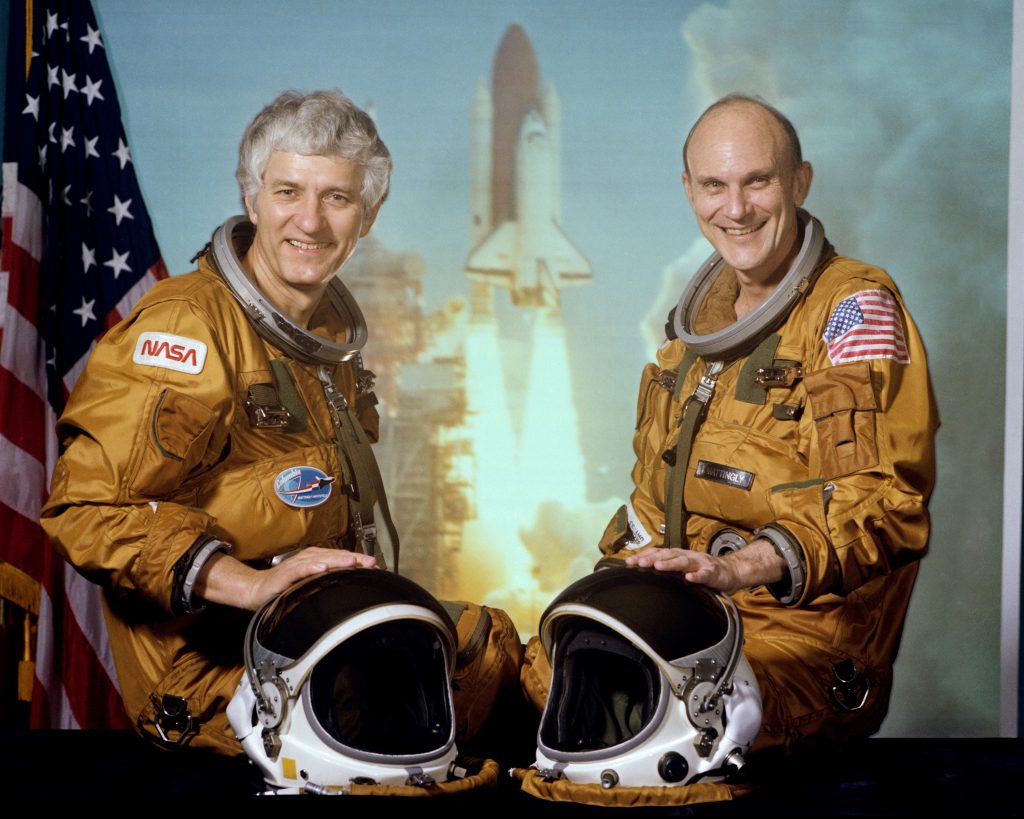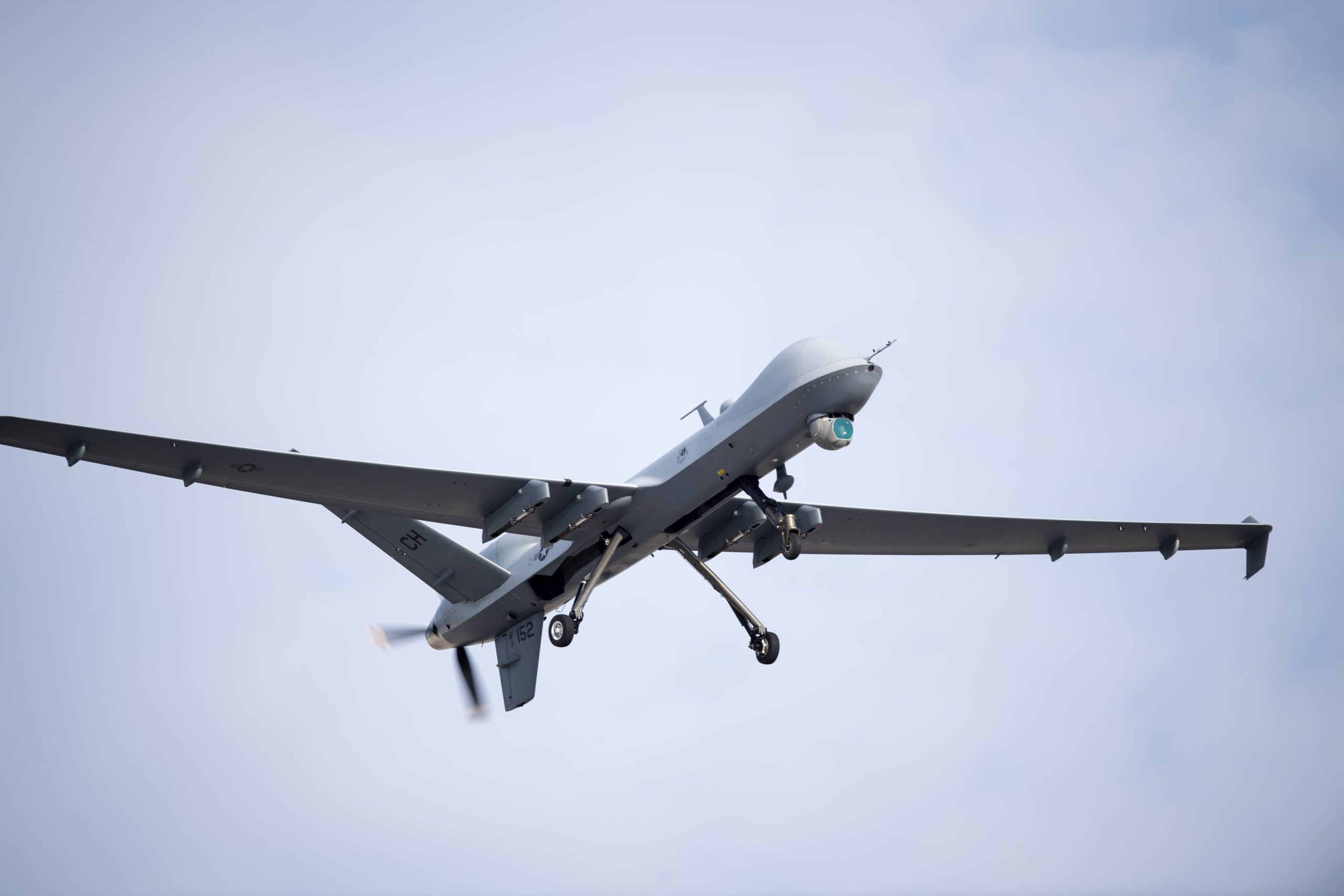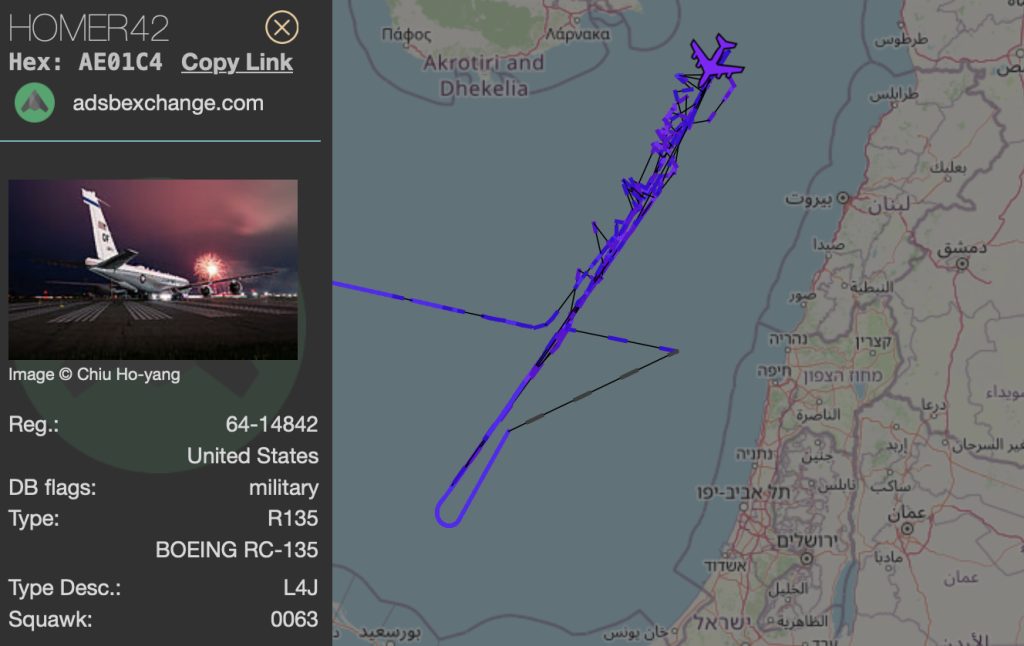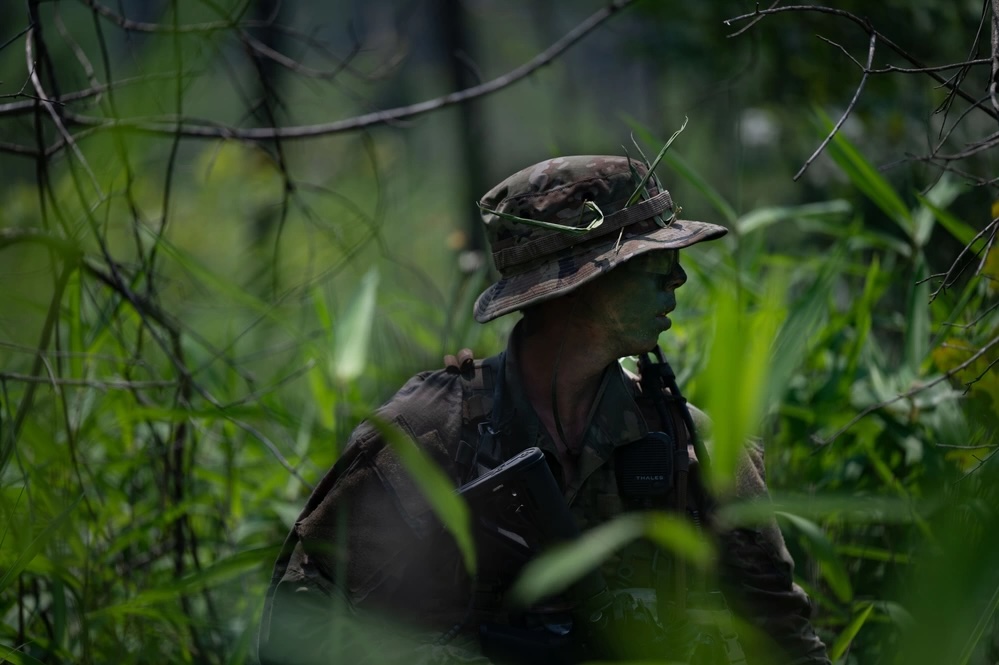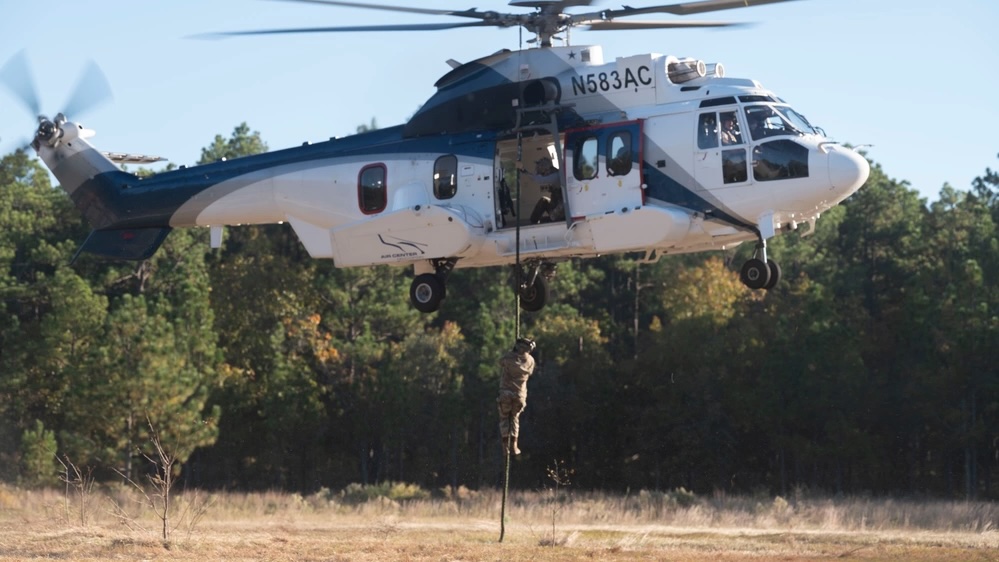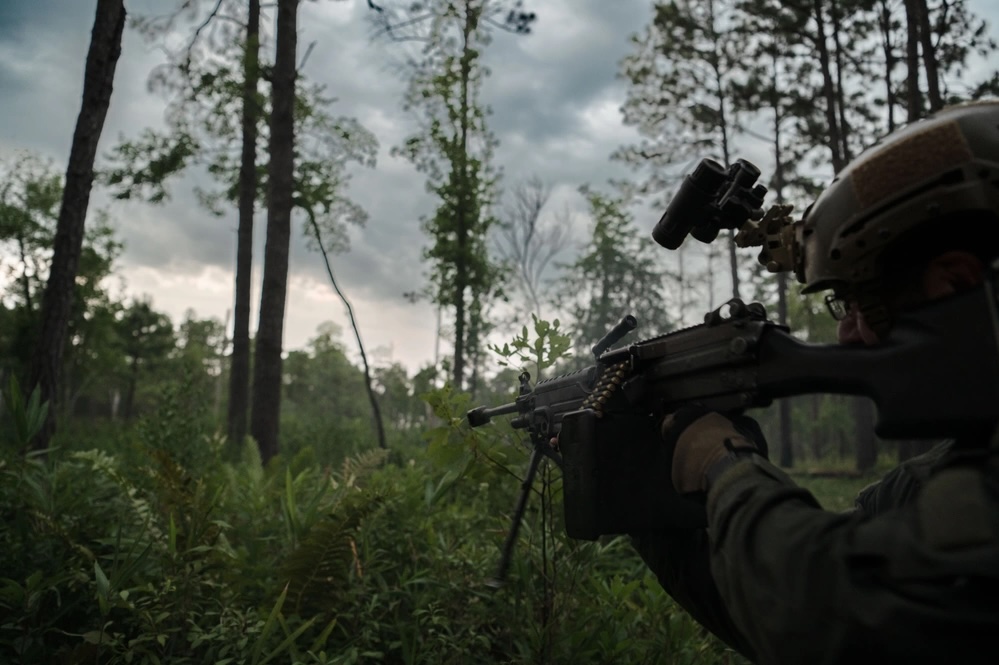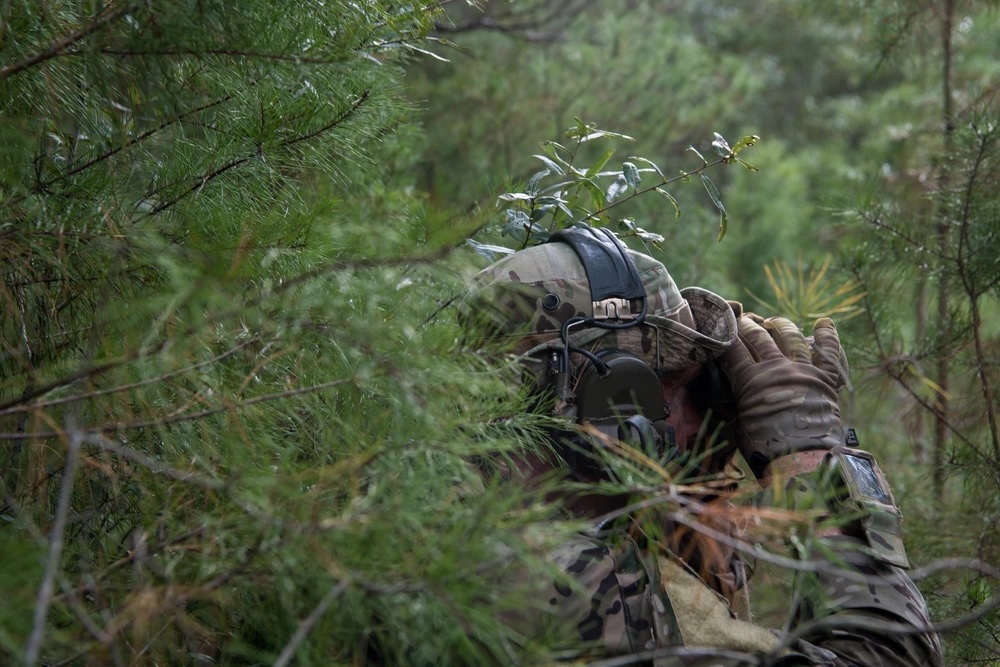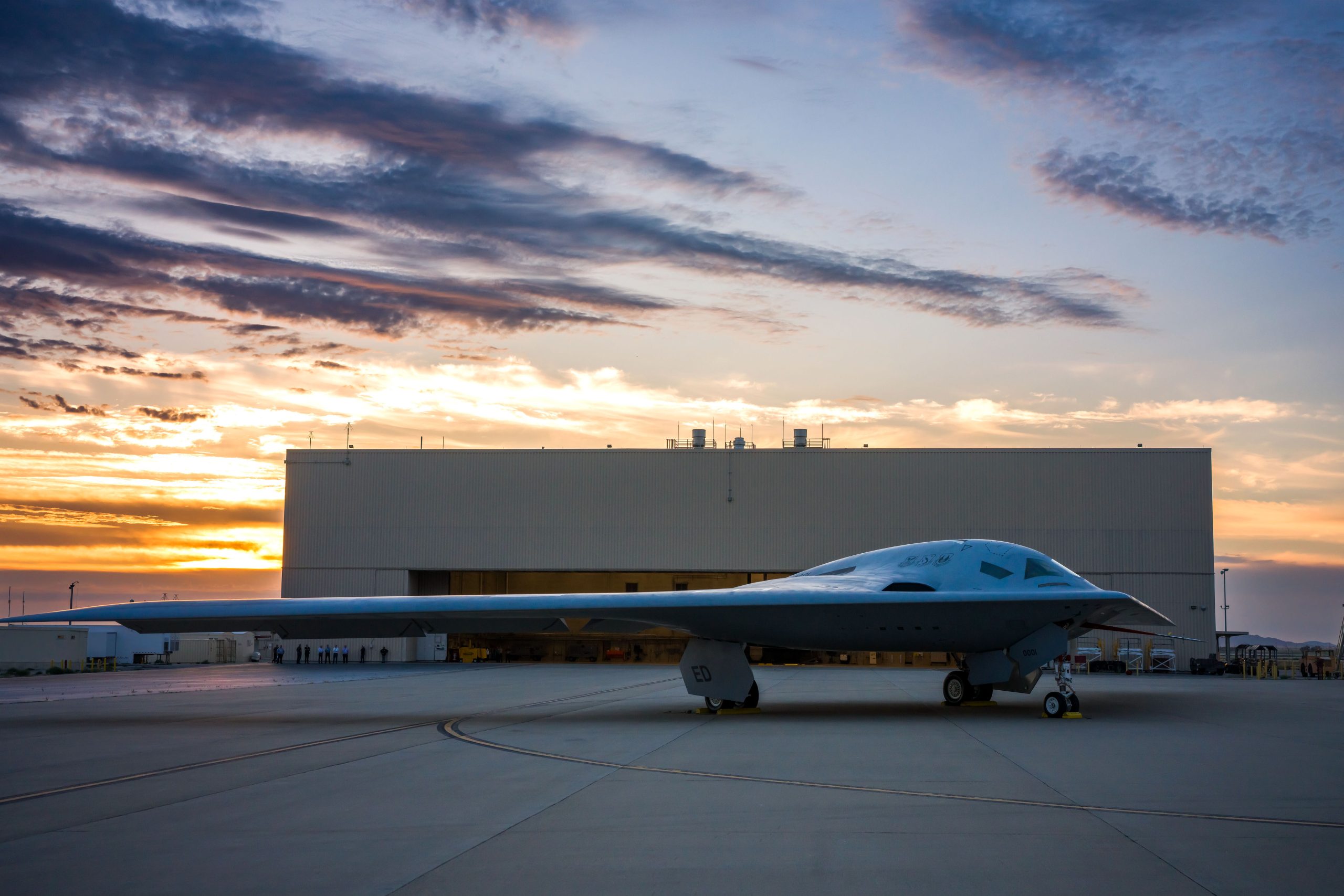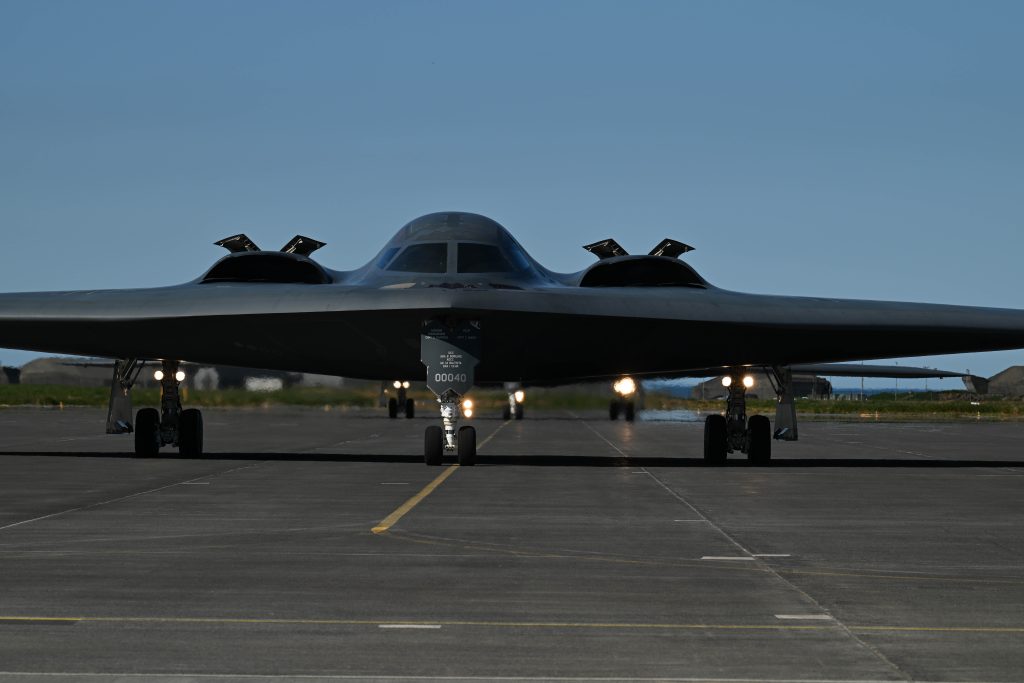The Air Force is set to roll out its digital weighted Airman promotion system (WAPS) in February 2024, in time for the technical sergeant testing cycle. The new system, eWAPS, replaces the paper-and-pencil method, which is a headache for administrators and has often been lost in the mail. Digitizing the system has been on the to-do list for branch senior leaders for years.
“When it comes to the Force of the Future, it is essential we modernize the IT systems our Airmen use—to include how we test for promotion,” Chief Master Sgt. of the Air Force JoAnne Bass told Air & Space Forces Magazine in a statement.
WAPS is a standardized test which helps the service identify Airmen worthy of promotion to the ranks of staff sergeant (E5) and technical sergeant (E6). Test-takers are quizzed on topics such as career field information, Air Force history, and customs and courtesies. In 2021, the test was modified to include situational judgment questions to assess leadership qualities.
Officials expressed frustration with the paper WAPS method, which in 2021 Lt. Gen. Brian Kelly, then-deputy chief of staff for manpower, personnel, and services said was “embarrassing” and “makes all of us as senior leaders absolutely crazy.” Bass shared his opinion.
“It is 2022, if we can’t get out of taking a No. 2 pencil into promotion tests, something is wrong,” Bass said last year.
2022 came and went without digitization, which the senior leader attributed in part to not all locations having the systems in place to perform digital testing. But that appears to have changed. Bass said pilot tests were conducted across 61 bases from July to September, with more pilots scheduled through December to make sure the installations can support eWAPS.
Laying the groundwork for digital testing proved to be a difficult task. A Nov. 6 press release from the 18th Wing at Kadena Air Base, Japan explained that the education center there required funding from Air Force headquarters to order individual test stations and “advanced computer systems” to meet the new requirements. Engineers on the base then renovated the testing area before it was declared fully operational in September.
Air Force Times reported in September that the roll-out would begin in January. An Air Force spokesperson explained that Airmen will begin registering for eWAPS in January, but the testing itself has always been set to coincide with the E-6 testing cycle starting in February.
eWAPS sits at the intersection of two ongoing issues for the Air Force: personnel development and digital modernization. On the personnel side, Bass is pursuing a number of changes to better retain and grow Airmen, such as reforming developmental special duties, increasing commissioning opportunities for enlisted Airmen, offering better incentives to keep technical experts, and reforming how Airmen are assigned to duty locations.
On the digital side, the slow pace of setting up eWAPS is one of several frustrations Airmen feel about the IT systems they depend on to work, arrange travel, and process important paperwork. Many of those systems are outdated and struggle to perform basic tasks.
“Our Airmen always say, ‘I wonder if our leaders know, I wonder if our leaders understand the challenges we have.’ And I’m like, ‘Yes, we do, and we share those challenges, right?’” Bass said last year. “Like, we’re frustrated with the IT systems that we have, I mean, beyond belief. As many times as you have to add in your PIN, I have to do that too. I mean, I send stuff home to my phone or my whatever so that I can actually watch whatever I need to watch, because I can’t do it on my work [computer].”
If successful, eWAPS may represent progress on both issues.
“I look forward to hearing the feedback from our Airmen and appreciate the work by all to get us here,” Bass said about the upcoming roll-out.

